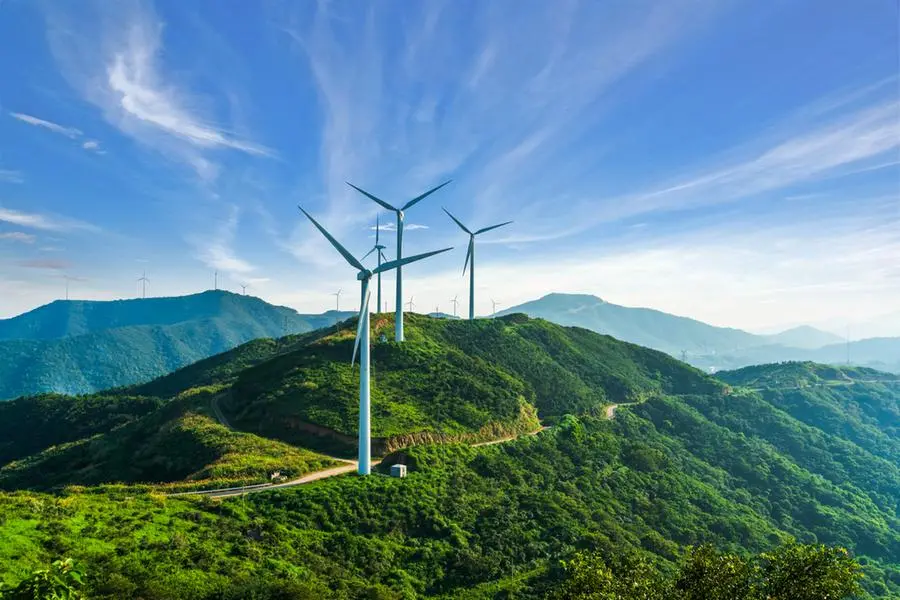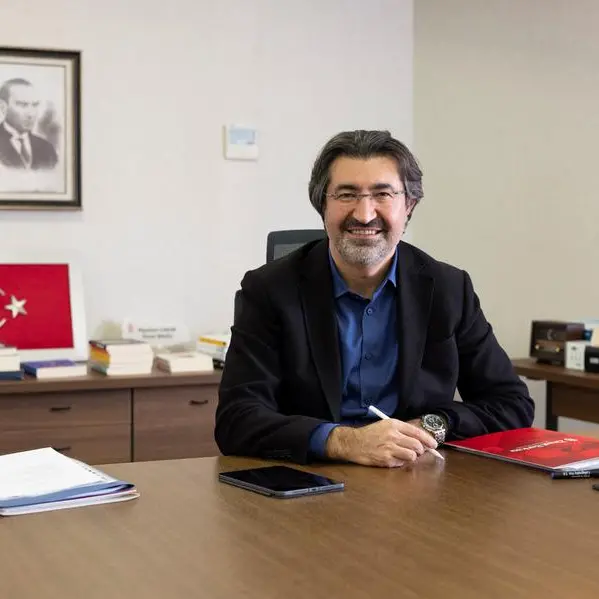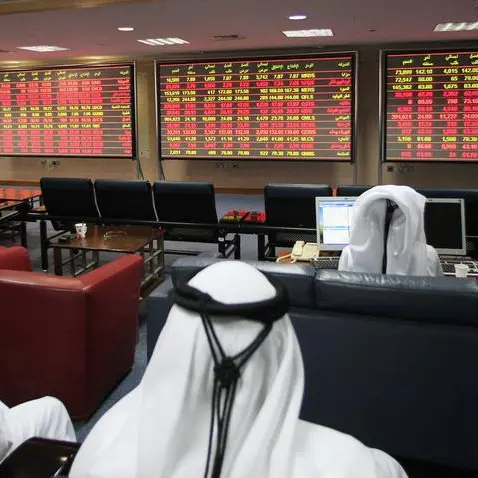PHOTO
Muscat: A decarbonisation pathway unveiled OQ Gas Networks (OQGN), the exclusive operator of Oman’s gas transportation network, envisions a wide array of clean energy and electrification initiatives, alongside strategies to enhance process optimisation and energy efficiency.
Over the next seven years through to 2030, OQGN – a subsidiary of OQ Group – plans to explore a range of Clean Energy & Electrification options in support of its decarbonisation strategy.
The list includes opportunities for Biomethane Transmission, Carbon Capture for Neutralisation, Alternative Renewable Fuels, Compressor & Gas Heater Electrification, Transition to Electric Vehicles, Solar Energy Integration and even Carbon Credits.
Complementing this list are initiatives to support Flare and Methane Emission Reduction, and Flaring & Venting Control, among a host of energy efficiency optimisation measures.
Additionally, data and innovation are proposed to be leveraged to enhance Greenhouse Gas (GHG) accounting procedures. This multipronged approach aims at achieving 'ambitious' greenhouse gas emission reduction targets, starting with a 42 per cent reduction by 2030, rising to 82 per cent by 2040, with the ultimate Net Zero goal set for 2050, the company said.
These targets aim to build on notable successes achieved by OQGN in reining in carbon emissions during 2023. Those efforts, it noted, helped slash Scope 1 emissions by a significant 43 per cent, and Scope 2 emissions by 25 per cent compared to 2021 levels.
“In total, we achieved a nearly 43 per cent decrease in our combined Scope 1 and 2 emissions between 2021 and 2023. Moreover, we have successfully reduced our total flared gas by approximately 43 per cent and have dramatically decreased our total vented gas by 94 per cent since 2021,” OQGN stated in a new report.
Significantly, flare reduction efforts are set to get a major boost as part of the company’s decarbonisation strategy. One such effort centres on the installation of Flared Gas Recovery Systems at OQGN’s compressor stations. These systems will enable the recovery of gas released from compressors and compressor seal systems during routine changeovers and shutdowns, while rerouting the gas back into the company’s pipeline.
Additionally, the company is weighing the recompression of gas that is routinely flared during pipeline maintenance activities. By rechanneling this gas back into the pipeline network, OQGN hopes to salvage this volume, rather than flare it.
“To date, we have collected data on flared gas across our network, identified potential opportunities to reduce flaring, explored solutions used in similar businesses, prepared a proof-of-concept report, and progressed to the implementation phase,” OQGN stated.
Likewise, the flow of pilot gas used to maintain the operation of the main flare is proposed to be reduced to its lowest necessary rate, thereby reducing gas wastage.
Further, in a bid to reduce its reliance on fossil-fuel linked electricity for the operation of its block valve stations, OQGN has begun installing solar panels at these stations. With a total capacity of 240 kW, these solar PV systems cover around half of the electricity needs of these stations – part of OQGN’s strategy to integrate renewable energy in the operation of its pipeline network.
A publicly-traded company, OQGN currently manages an expansive 4,045-km pipeline network that integrates three compressor stations, and 25 gas supply stations that connect producers to large consumers across Oman.
2022 © All right reserved for Oman Establishment for Press, Publication and Advertising (OEPPA) Provided by SyndiGate Media Inc. (Syndigate.info).





















